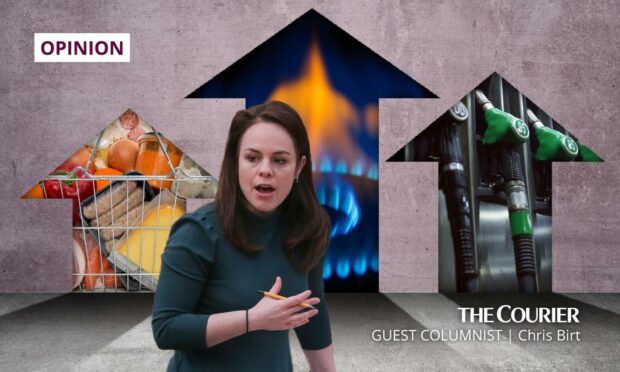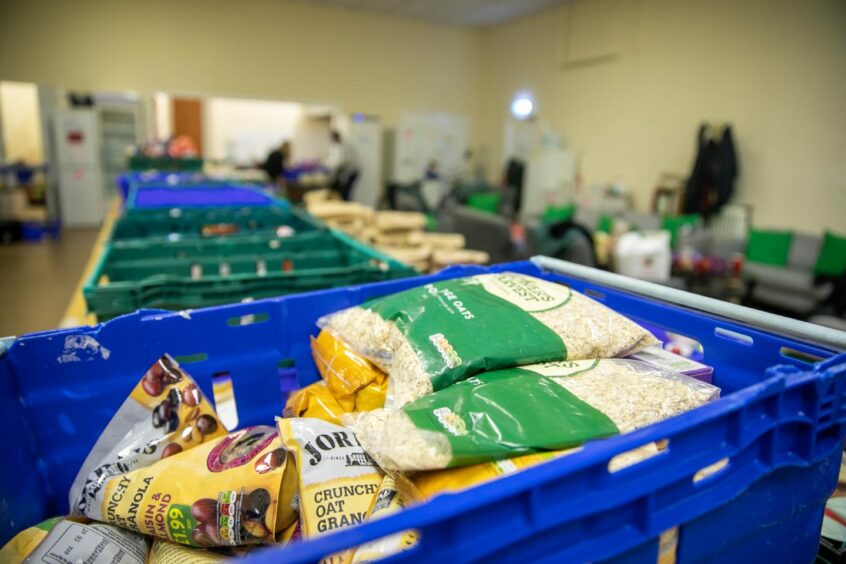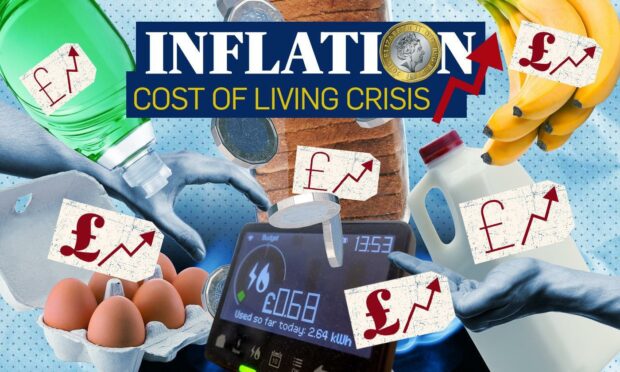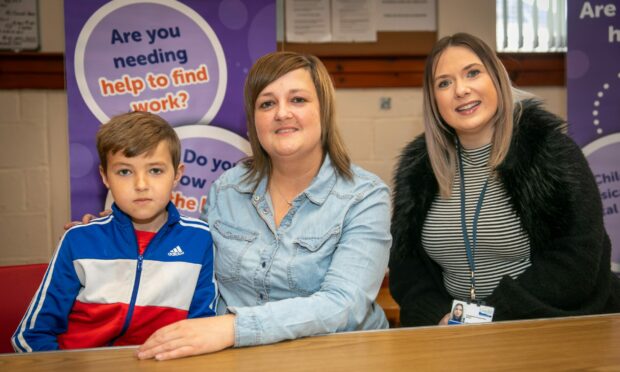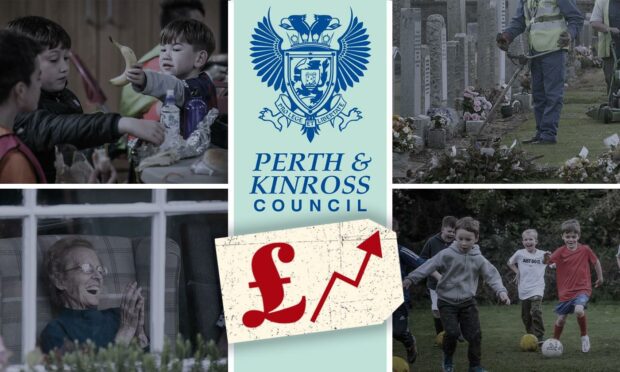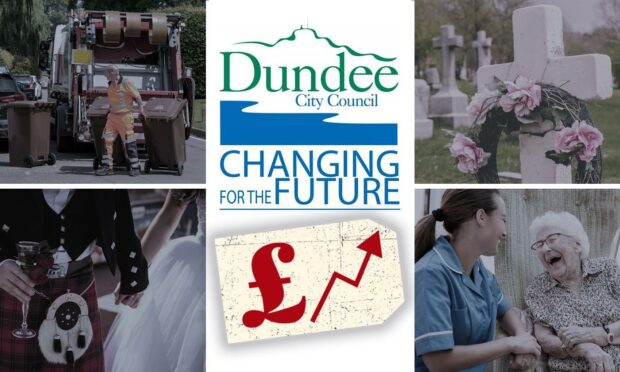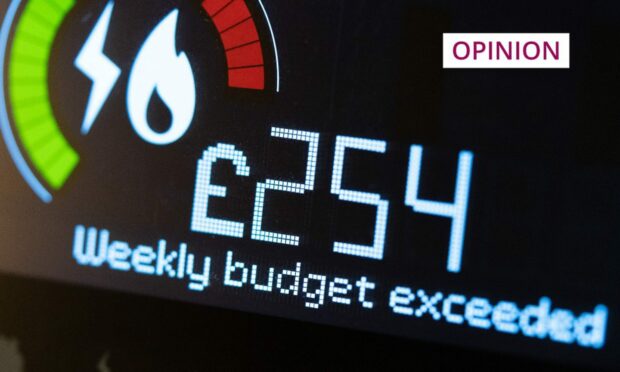A £1,000 cut to universal credit, £500 on energy bills, inflation at a 30-year high, the basic rate of out-of-work social security at a 30-year low and an average £400 real-terms cut in the rate of social security payments.
Any one of these challenges could push a low-income family budget over the edge.
Coming all at the same time, the potential is devastating.
Last week the Chancellor announced the UK Government’s response to the looming 54% rise in energy prices.
It was cold comfort for low-income households.
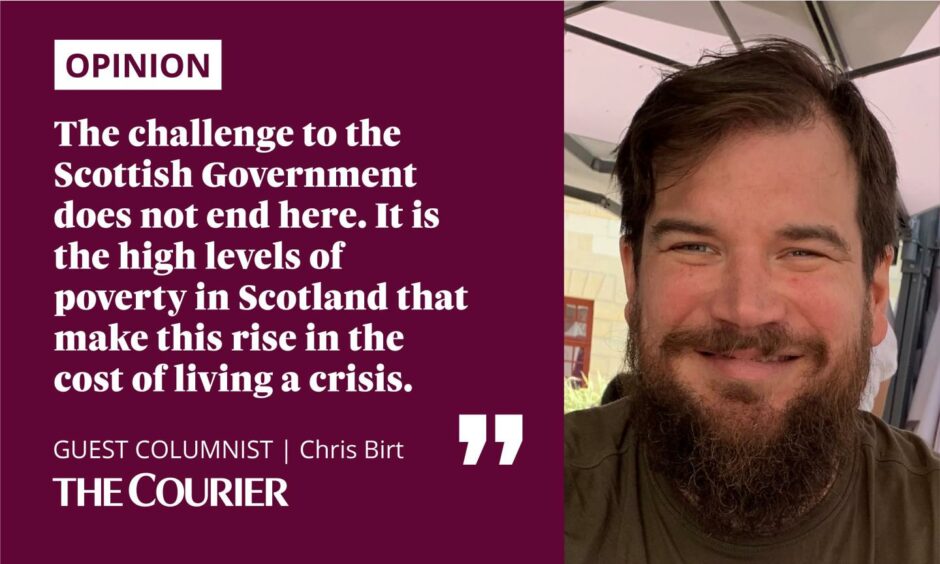
A £200 loan to everyone in the UK that will add £40 to bills in future years and a £150 council tax rebate to all homes in England in council tax bands A to D.
It wasn’t just inadequate, in some ways it was baffling.
Totalling £9 billion, the loan is to be provided to every household, rich or poor, at the same level.
And only 25% of the council tax rebate will go to households living in poverty.
Joseph Rowntree Foundation analysis last week showed low-income households will now pay 16% of their costs, after housing, on energy bills.
That’s compared to 5% for those on middle incomes.
The Chancellor’s approach will provide scant support to those with the least and very modest support to those with more.
It’s hard to see the logic.
Scotland has an opportunity to provide fairer support for families
In one sense, however, his approach did provide a chink of light for struggling families in Scotland.
As the council tax system is devolved, the £150 rebate will not apply in Scotland.
Instead £290 million was transferred to the Scottish Government to allow it to provide its own solution.
The Finance Secretary, Kate Forbes, is set to confirm details of how she intends to combat the energy price rise on Thursday February 10.
This is an opportunity to stand-up for low-income families that the Scottish Government must not miss.
To mirror the Chancellor’s approach would be to copy his mistakes – to spread the support too thinly, through a council tax system that almost every politician in Scotland argues is unfair (however reluctant they are to reform it).
The Scottish Government now has more levers at its hands than ever before to ease the pressures on low-income families.
Through the Scottish Child Payment, they can directly support families with children, whose bills are likely to go up by about £800.
Other groups are also at risk from energy rise
However, our analysis from last week shows that even with the modest help provided in England, a single adult will have to spend nearly 50% of their income on their energy bills.
It’s single people who make up the largest group relying on foodbanks.
And for those who are carers or who have long-term conditions or disabilities, choices between heating and eating raise immediate risks to their health.
Kate Forbes faces a daunting task in deciding how to distribute that £290 million with glaring needs across the population.
The key is targeting and level of support.
We argued at a UK level for a £500 grant provided through the UK’s social security system as the best means of quickly targeting support to those who need it the most.
£500 was the average increase in bills for low-income households and this payment method would have meant people could have received it without having to apply.
Kate Forbes should look to the levers at the Scottish Government’s hands to do the same.
I think taking a whole week to decide how to spend £300m is hardly outrageous. Should give SG time to target a scheme much more than UKG did. Simply copying the UKG council tax rebate would be a wasted opportunity – this is what devolution is for. https://t.co/TiGjg82iI9
— Chris Birt (@cdbirt) February 5, 2022
These include the Scottish Child Payment, council tax reduction and the mechanisms used during the pandemic in partnership with councils.
Scottish Government must tackle deeper-rooted problems of poverty
If Kate Forbes does take a different approach to Rishi Sunak she could target support at those who need it most, in a way the Chancellor has failed to do.
But the challenge to the Scottish Government does not end here.
It is the high levels of poverty in Scotland that make this rise in the cost of living a crisis.
Too often Scottish Ministers argue that they do not hold the major levers to make change in these areas.
This is only partly true.
But they could still make different choices with the powers they do have.
This crisis and looming child poverty targets mean this is a challenge that is not going away.
Chris Birt is Associate Director for Scotland at the Joseph Rowntree Foundation.
